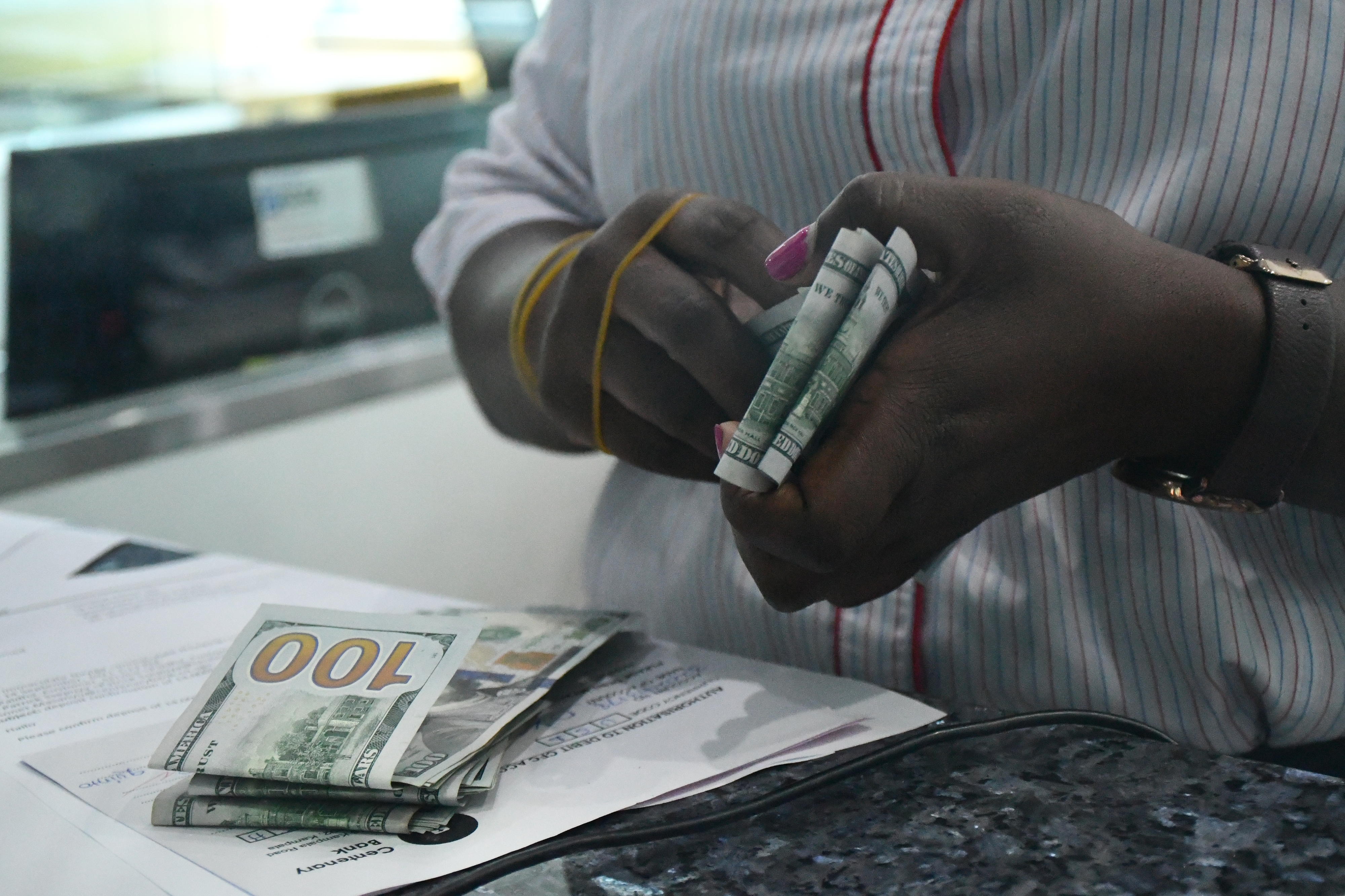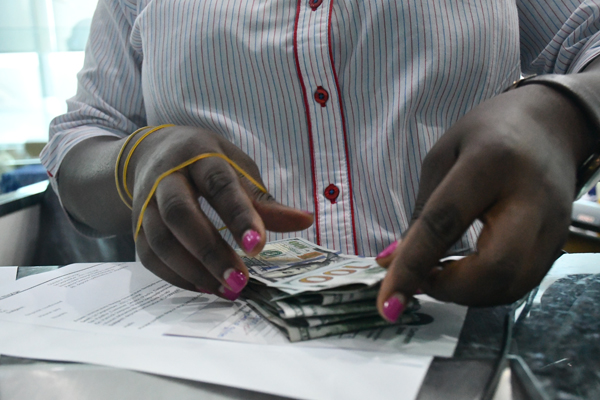Prime
World Bank loan portfolio increases by 56.7 percent

The World Bank has said its total loan commitment to Uganda has increased from $2.1b to $3.7b in the five years from 2016
What you need to know:
- The portfolio includes $500m and $330 from the International Development Association, $426m for regional projects and $108m and $132m, partly committed towards refugee projects, locusts and Covid-19 financing
The World Bank has said its total loan commitment to Uganda has increased from $2.1b to $3.7b in the five years from 2016.
The increase, which translates into a 56.7 percent rise, has seen the World Bank loan portfolio in terms of value increase by $1.6b between 2016 and 2021.
The portfolio includes $500m and $330 from the International Development Association, $426m for regional projects and $108m and $132m, partly committed towards refugee projects, locusts and Covid-19 financing.
The World Bank also noted that to date, 20 operations totaling to $2.7b have been approved, comprising of 12 national investment projects, two national programme-for-results projects and four regional integration, among others.
The bank also noted that a number of projects have been consolidated, prioritising larger and more transformative operations with new emergency operations approved while others have been extended due to Covid-19 challenges.
In details provided by the Ministry of Finance, by April 2021, the World Bank was the biggest source of Uganda’s debt, contributing at least 44 percent of approved credit while at least 39 percent came from AfDB.
However, over the years, government has been sourcing debt from non-concessional lenders, especially from China.
The World Bank also noted that its portfolio performance has improved over the last few years, which has in turn provided a positive impact on all focus areas, as well as enhanced social risk management.
The impact is measured through the Performance and Learning Review of the Country Partnership Framework, which is designed to contribute towards government’s vision of transforming the country into a modern economy.
The World Bank also noted that disbursement of loans has improved from 10 percent in 2016 to 22 percent in 2020, which was already above the 20 percent target of 2021.
However, the bank said, there was need to keep close attention on portfolio implementation as well as putting in place safeguards and reducing commitments to projects-at-risk.
Loan commitments under the International Finance Corporation, the World Bank indicates, stand at $268.9m, much of which is financing complementary investments in infrastructure, agribusiness, financial and services sector.
Recent transactions include a $4m financing of Ciel Healthcare (an existing client) - the first healthcare project processed under the Covid-19 Facility in Africa to support funding requirements resulting from the impact of Covid-19 at its subsidiary International Medical Group, a leading private healthcare service provider in Uganda.
READ MORE




